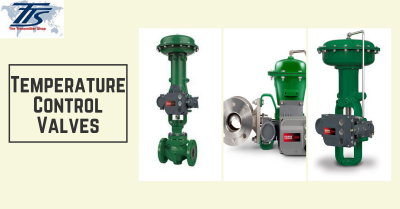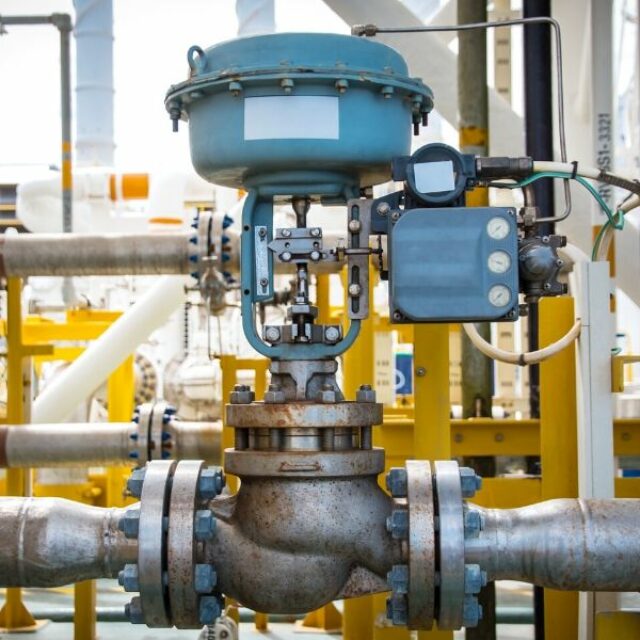The Duty of Control Valves in Liquid Flow Management Solution
The Duty of Control Valves in Liquid Flow Management Solution
Blog Article
Achieve Seamless Assimilation and Control With High Quality Structure Automation Controls
In the realm of contemporary structure management, the relevance of high quality building automation controls can not be overstated. Welcoming high quality structure automation controls is not just a matter of convenience however a strategic imperative for organizations aiming to maximize their centers' efficiency and sustainability.

Evolution of Building Automation Controls
Throughout the previous couple of years, the advancement of developing automation controls has dramatically changed the means structures are managed and operated. Developing automation systems mainly concentrated on basic features such as managing air flow, heating, and air conditioning (A/C) systems. As technology progressed, these controls have ended up being much more advanced, allowing for a larger array of building systems to be incorporated and taken care of centrally.
The development of developing automation controls has seen a change in the direction of more smart systems that can adapt to changing problems in real-time. This flexibility is crucial for enhancing power performance and making sure resident comfort. Furthermore, contemporary building automation controls currently offer functions such as anticipating upkeep, remote tracking, and information analytics, making it possible for facility managers to make data-driven decisions to boost building performance.

Advantages of Top Quality Assimilation
The development in building automation manages in the direction of even more smart systems has emphasized the significant benefits of top quality assimilation in optimizing building operations and boosting general efficiency. Quality assimilation of building automation controls uses a number of essential benefits. It leads to boosted energy effectiveness by permitting different systems to work together seamlessly, ensuring optimal performance and lowering energy wastefulness. Quality integration improves passenger comfort and productivity by allowing individualized control over ecological settings like lights, air, and temperature top quality. This personalization can lead to a more conducive and comfy working or living atmosphere. In addition, top quality assimilation simplifies maintenance and repairing procedures, as all systems are interconnected and can be monitored and controlled from a centralized user interface. This centralized control likewise supplies much better presence and understandings right into structure performance, allowing positive upkeep and optimization strategies. Generally, the benefits of high quality assimilation in building automation controls are obvious, using enhanced effectiveness, comfort, and functional performance.
Enhanced User Experience and Ease Of Access
Enhancing customer interaction with building automation manages through instinctive style and improved accessibility elevates the general experience for residents and center supervisors alike. By concentrating on user experience, building automation systems can become more efficient and straightforward. User-friendly interfaces, clear navigating, and adjustable setups equip individuals to engage with the controls conveniently and effectively.
Availability attributes play an essential function in making certain that all helpful site people, including those with disabilities, can utilize the structure automation regulates effortlessly. Including features such as voice commands, tactile switches, and color-contrasted display screens can enhance accessibility and make the controls extra comprehensive.
Furthermore, boosted user experience causes greater individual complete satisfaction, increased productivity, and much better decision-making. Owners can adjust ecological settings according to their preferences, while center managers can successfully manage and keep track of building systems - control valves. On the whole, focusing on customer experience and accessibility in building automation controls contributes to an extra seamless and productive building setting for all stakeholders involved
Lasting Practices Through Automation

Additionally, automation can help with the assimilation of renewable resource resources such as photovoltaic panels or wind turbines right into building procedures. By immediately adjusting power use based upon the schedule of renewable resource, structures can better minimize their dependence on non-renewable resources. her latest blog This seamless assimilation of sustainable techniques not just benefits the atmosphere yet also boosts the overall functional performance and cost-effectiveness of the building. With automation, buildings can straighten with contemporary sustainability objectives and add to a greener future.
Future Trends in Structure Control Systems
In expectancy of advancing modern technologies and progressing sustainability practices, the trajectory of building control systems is positioned to embrace transformative methods and innovative services. One noticeable trend shaping the future of structure control systems is the boosted combination of Artificial Knowledge (AI) and artificial intelligence. These modern technologies make it possible for buildings to adapt in real-time to altering conditions, enhancing energy consumption and enhancing convenience for passengers. Furthermore, the Internet of Points (IoT) is reinventing building control systems by attaching sensors and devices to simplify procedures and enhance performance.
An additional essential pattern is the emphasis on cybersecurity steps to secure versus prospective risks to building automation systems. As structures become extra interconnected, guaranteeing robust cybersecurity protocols will be necessary to protect delicate data and avoid unauthorized gain access to.
Moreover, the change towards cloud-based systems is obtaining momentum, permitting for streamlined control and remote accessibility to building systems. This facilitates less complicated monitoring, maintenance, and updates, boosting the overall efficiency and flexibility of structure control systems. As technology continues to advance, these patterns are expected to shape the future landscape of structure automation controls, driving development and read sustainability in the built environment.
Verdict
Future trends in structure control systems are most likely to focus on more boosting automation abilities for enhanced energy effectiveness and general performance. It is vital for building proprietors and operators to prioritize the fostering of quality structure automation regulates to maximize structure procedures and achieve long-term sustainability objectives.
In the realm of modern-day building management, the relevance of quality structure automation controls can not be overstated. Generally, the advancement of structure automation controls proceeds to drive innovation in the structure management sector, offering brand-new opportunities for developing smarter and much more lasting structures.
The innovation in building automation controls towards even more smart systems has highlighted the substantial advantages of top quality combination in enhancing building procedures and enhancing overall effectiveness. In general, focusing on individual experience and availability in structure automation manages contributes to a more seamless and productive building environment for all stakeholders entailed.
It is important for building owners and operators to prioritize the fostering of quality building automation manages to maximize structure procedures and accomplish lasting sustainability goals. - control valves
Report this page